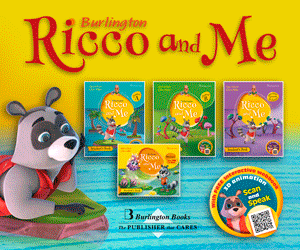The study, conducted by Joan Lee for her master's thesis in linguistics, revealed that those who texted more were less accepting of new words. On the other hand, those who read more traditional print media such as books, magazines, and newspapers were more accepting of the same words.
The study asked university students about their reading habits, including text messaging, and presented them with a range of words both real and fictitious.
"Our assumption about text messaging is that it encourages unconstrained language. But the study found this to be a myth," says Lee. "The people who accepted more words did so because they were better able to interpret the meaning of the word, or tolerate the word, even if they didn't recognize the word. Students who reported texting more rejected more words instead of acknowledging them as possible words."
Lee suggests that reading traditional print media exposes people to variety and creativity in language that is not found in the colloquial peer-to-peer text messaging used among youth or 'generation text'. She says reading encourages flexibility in language use and tolerance of different words. It helps readers to develop skills that allow them to generate interpretable readings of new or unusual words.
"In contrast, texting is associated with rigid linguistic constraints which caused students to reject many of the words in the study," says Lee. "This was surprising because there are many unusual spellings or "textisms" such as "LOL" in text messaging language."
Lee says that for texters, word frequency is an important factor in the acceptability of words.
"Textisms represent real words which are commonly known among people who text," she says. "Many of the words presented in the study are not commonly known and were not acceptable to the participants in the study who texted more or read less traditional print media.
.medicalnewstoday.com





